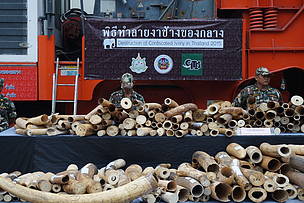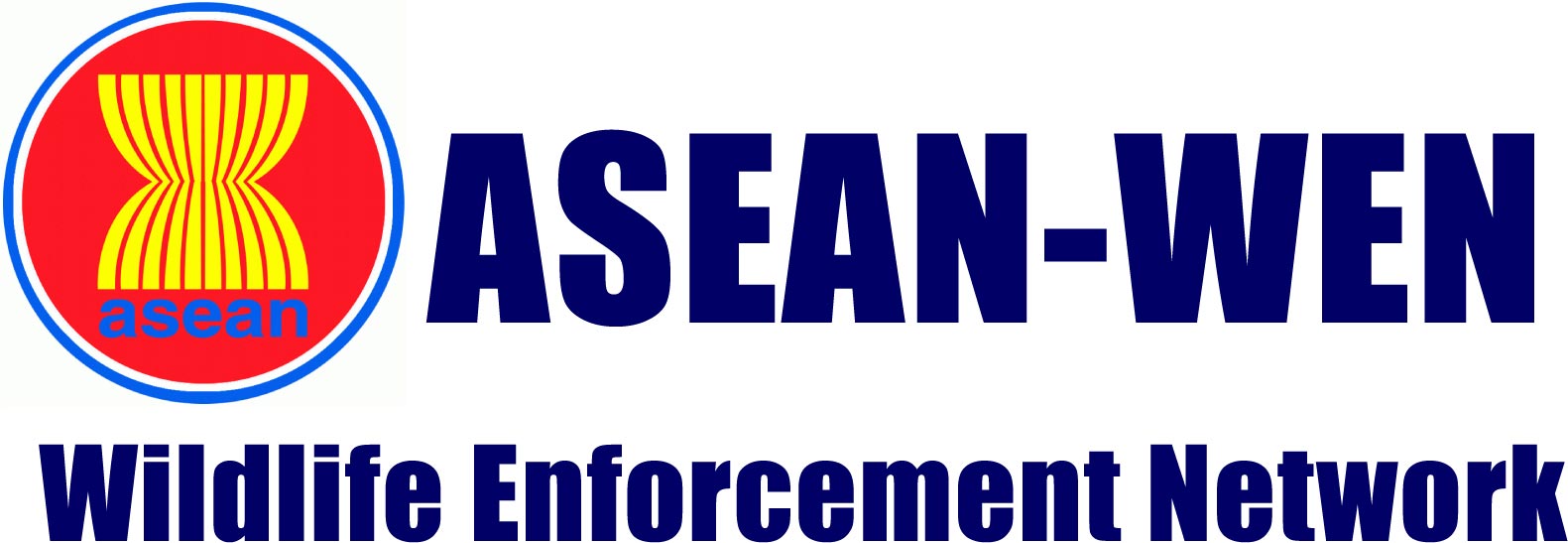Due to its extensive connections and the fact that they are endowed with a plentiful of resources, international and local Governmental Organisations are definitely some of the key players that can effectively help to reduce the extent of illegal wildlife trade. Their roles focus mainly on policy making, setting up stricter regulations, coming up with promotional campaigns and funding smaller local organisations.
On a global level, there are a few organisations fighting for conservation causes and the three main groups are World Wildlife Fund (WWF) and its subsidiaries, International Union for Conservation of Nature (IUCN) and Convention on International Trade in Endangered Species (CITES). On a inter-government scale, there is also organisations such as ASEAN-WEN, which is strongly supported by WWF. More often than not, these three organisations do not work in solitary but rather they work hand in hand towards achieving a common goal.

Photo Credits: http://www.worldwildlife.org/initiatives/traffic-the-wildlife-trade-monitoring-network
I’m sure most of us are no strangers to World Wildlife Fund (WWF). Championed by prominent political figures such as President Obama and The Duke of Cambridge, WWF works closely with TRAFFIC, which is the wildlife trade monitoring network set up jointly by WWF and IUCN. Together, these two organisations research on illegal wildlife trade routes, investigate into the effect of illegal wildlife trade to the animal population and look into lapses of legal systems that is preventing the implementation of stricter rules.
They engage in promotional campaigns like the ones shown order to educate the general public and raise their awareness towards the dangers involved in purchasing illegal wildlife products.
These campaigns also aim to change consumption habits especially in areas where there is a deep rooted reliance on wildlife products. WWF hopes that by doing so, these consumers will seek out sustainable alternatives instead of continue depending wildlife products. WWF have carried out some of their campaigns in China and Vietnam in hopes that doing so would help to reduce the demand for illegal wildlife products.
For example, in Vietnam, WWF collaborated with popular Vietnamese singer, My Linh, to produce the video shown below. The video focuses on addressing the misconceptions involved about the consumption of Rhino horns and offer its audience information on how one can change their habits. By engaging personalities that the locals are more familiar with, this also helps to increase their susceptibility towards the message.
Similarly in China, the International Fund for Animal Welfare (IFAW) collaborated with media companies in China in 2009 to release a series of awareness campaigns. One of them include the “Say NO to Ivory products” campaign, which informs the Chinese public about the true danger of ivory trade. Before this campaign, surveys conducted by IFAW found out of 10 individuals, 7 did not even know that ivory came from dead elephants and was obtained in such a cruel manner. This only reflects a deep seated misunderstanding, which makes it of paramount importance that we continue educating the public.
Photo Credits: http://showme.co.za/lifestyle/special-report-ivory/
Being the largest consumer market of wildlife products, it is of paramount importance that WWF tries to change the consumption habits of the Chinese. Since its intervention, billboards and advertisements such as the ones shown above has managed to reach millions and in 2013, an independent assessment even showed that the campaign has successfully consumer propensity to purchase ivory from 54 to 26%. Even though there is more than still needs to be done, such improvement is definitely news worth celebrating.
WWF has also successfully imposed international pressure to eliminate markets that helps to facilitate illegal wildlife trading. For example, WWF threatened to impose trade sanctions on Thailand if they failed to shut down their illegal ivory market by March 2015. The Thai ivory market is the largest unregulated market in the world and an rough estimate of 30000 African Elephants are killed each year just to meet these ivory demands. Even though he Thai National Law only allows the trading of ivory task from domesticated Thai elephants, it is often the African Elephant’s tusk that is smuggled and laundered into the black market. In response to WWF, the Thai Government destroyed over two tonnes of illegal elephant ivory in a public ceremony, which represents their zero tolerance determination to reduce wildlife crime.
WWF also supports the enforcements of other trade laws, which means that WWF is a strong advocate of both CITES and IUCN. It provides scientific expertise to these two organisations to further help them regulate animal population and tackle crime syndicates who engage in the trade. CITES, in essence, is an international agreement among various governments to facilitate the sustainable trade of animals and plants, in a way that their survival is not threatened. There are currently 181 member parties in CITES and it is definitely encouraging to know that all 10 members of ASEAN are also signatories of CITES.
CITES works by subjected the international trade of species to certain degrees of control. Species are divided into three different appendix, mainly Appendix I, Appendix II and Appendix III.
Appendix I consists of critically endangered species such as the black Rhino and Sumatran Tiger, where the trade of these animals are strictly prohibited unless under special circumstances. Appendix II includes species that are not necessarily threatened with extinction but the trade of them still has to be regulated, Appendix III involves species that are protected at least in one country, and the countries involved have seek help from other CITES members to further conserve this animal. By providing a guideline, CITES helps government identify the different categories of species and the type of protection that they need, which further aids in the regulation of wildlife trade.
WWF also further support smaller organisations such as ASEAN-Wildlife Enforcement Network, or otherwise known as ASEAN-WEN for short.
ASEAN-Wen involves all 10 ASEAN nations and it represents a proactive stand that all governments are taking against the alarming rates of illegal wildlife trafficking and loss in the region. As a sign of commitment, there are annual meetings held and government officials focus on facilitating better trans-national cooperation to curb illegal wildlife trade. ASEAN-Wen as a whole comes up with a stricter implementations of laws against illegal wildlife trade. ASEAN-Wen also maintains close relationships with the U.S department of justice and also the U.S Fish and Wildlife Services, and the input from US will further help ASEAN to refine their policies and build more stringent enforcements.
ASEAN-Wen’s effort to impose stricter legislation can be demonstrated by the recent development of a legal handbook known as “ASEAN legal task force for Wildlife”. Equipped with a toolkit and more training, this legal handbook will help government officials in identify and combatting wildlife trade. Considering how countries in ASEAN are often interlinked, trans-national government cooperation will definitely help to strengthen borders’ security, and will be an essential asset in helping to combat wildlife crime in the region.








Leave a Reply